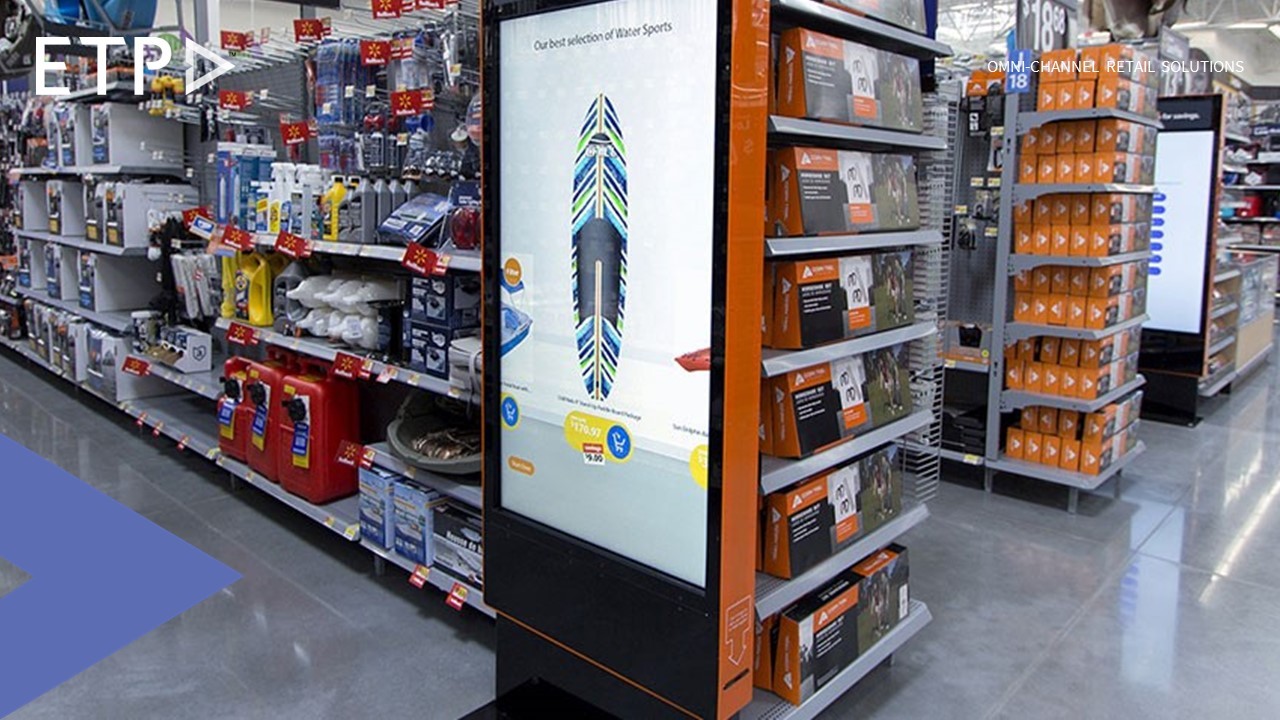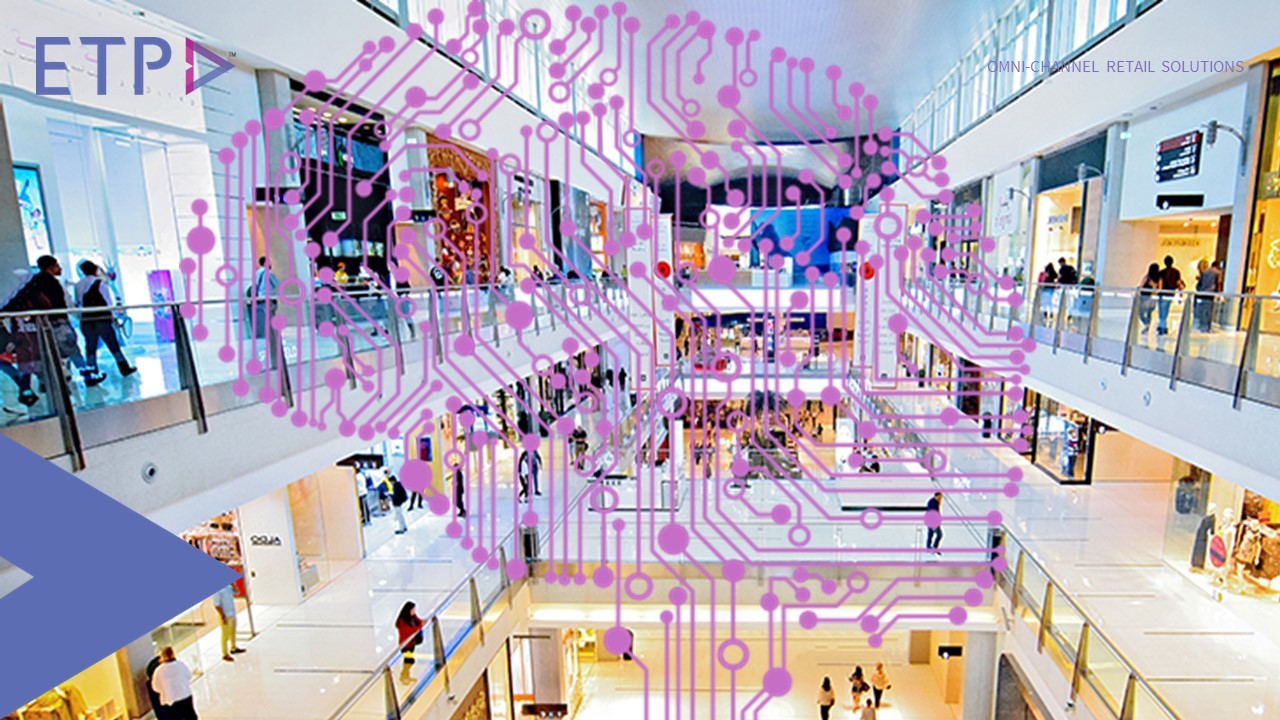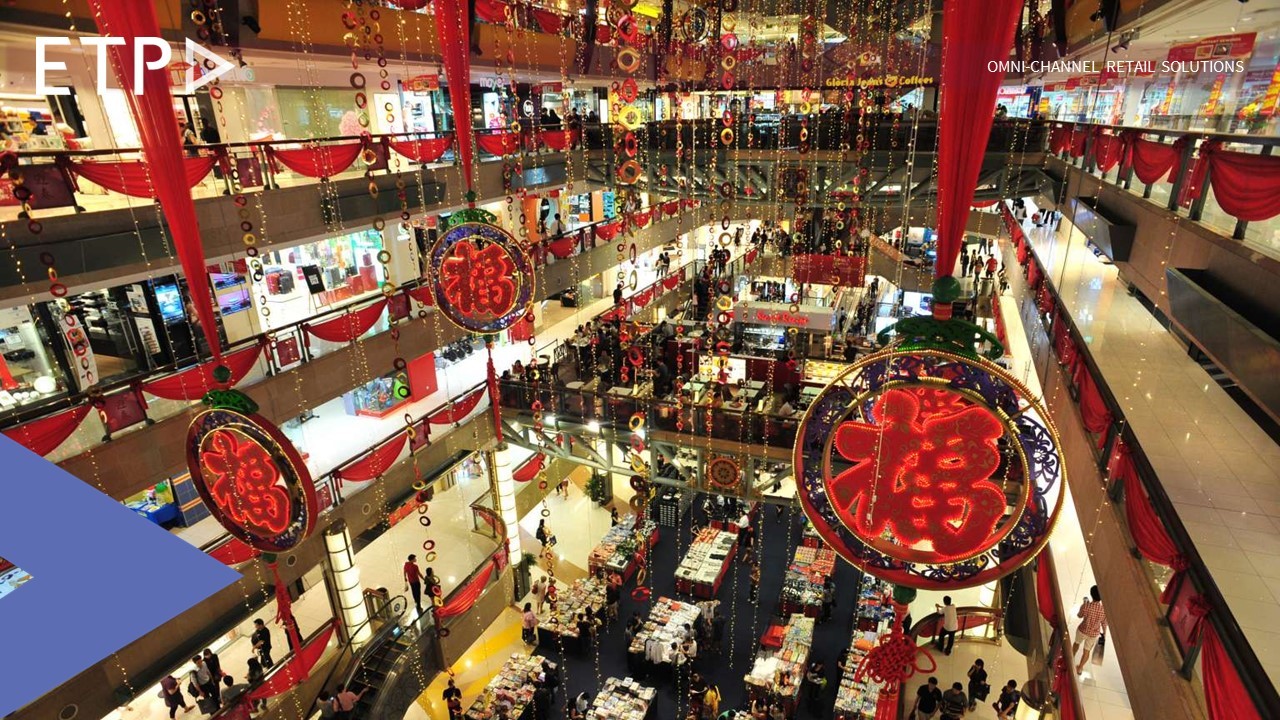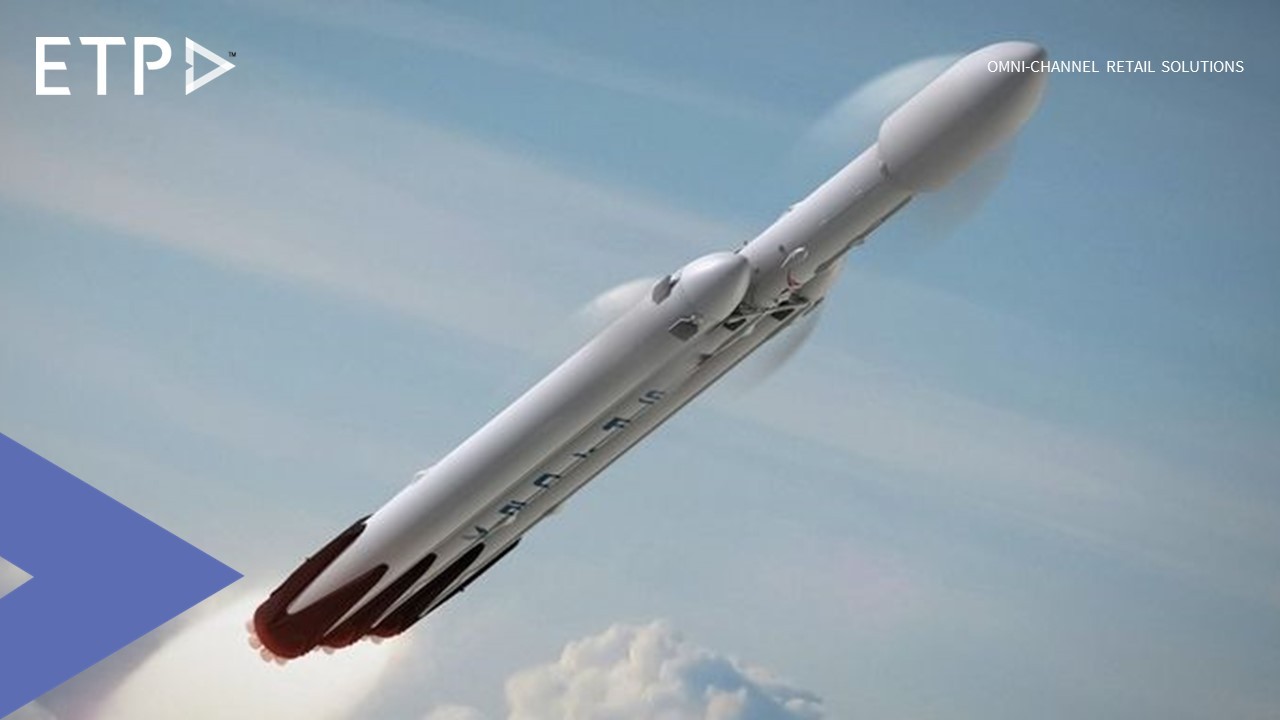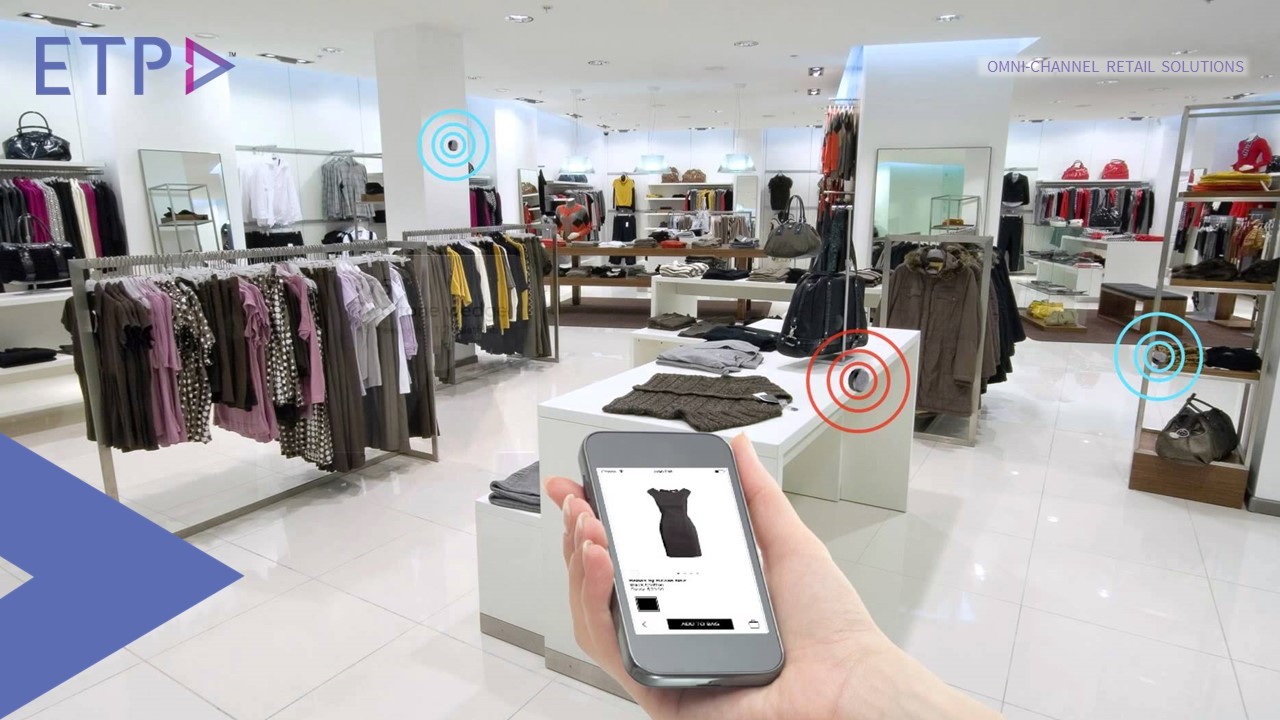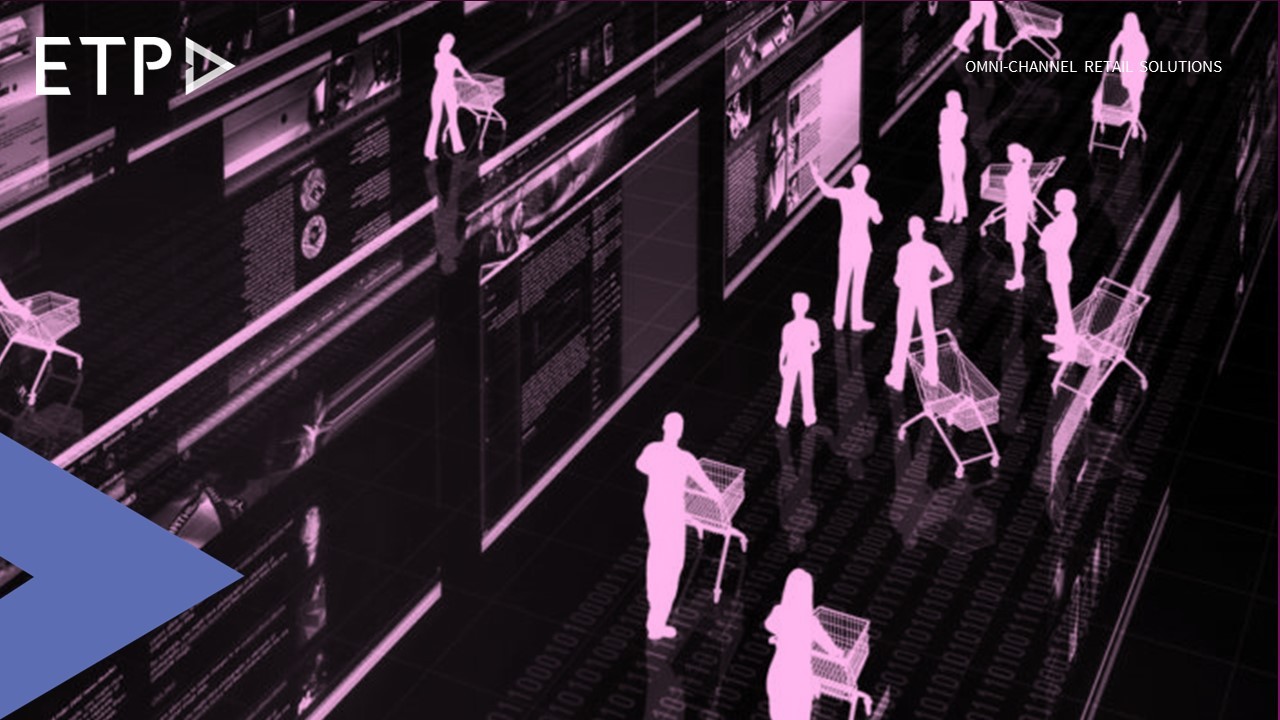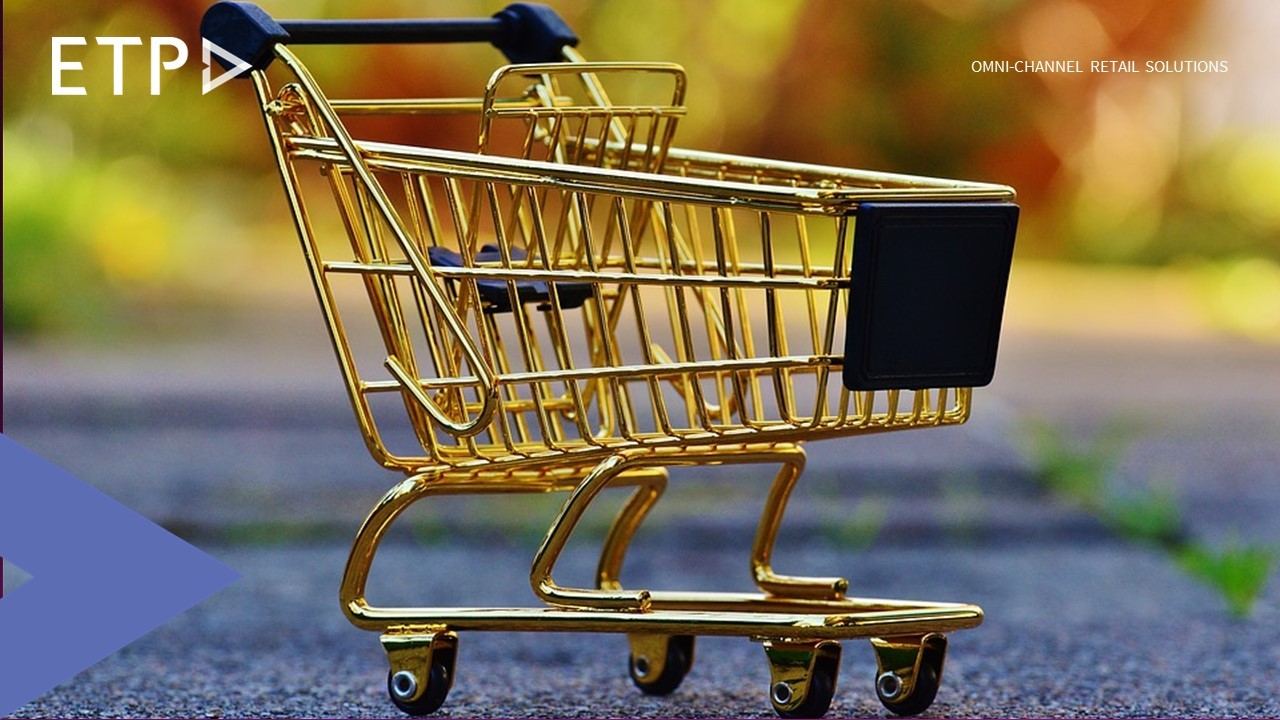
Retail shopping experience right from research to purchase to post sales service has seen a paradigm shift over the last few years. One of the primary reasons for this shift is a significant change in the consumer behavior. This change has had a global impact across industries including retail and it continues to drive innovations and advancements which will shape the world through 2030. Further, economic and technological shifts have reinvented the shopper journey holistically. Previously, shopping revolved around the purchase and was highly transaction focused. However today, shopping is an entire journey. It is a relationship building process for the retail brand with their consumers.
The modern day’s shopper journey can be broken down broadly into 3 stages: pre-purchase stage, purchase and the post-purchase stage. Today, the brand experience has to be infused into all of these stages seamlessly.
Taking a look at the pre-purchase stage, this stage is all about the brand connecting and framing a relationship with the shopper, by being able to answer the shopper’s questions about products they are exploring and helping them realize how their purchase can fit within their values and lifestyle. This stage is where customers research about brands and their products/service offerings, and based on their evaluations considering various factors would decide to make a purchase for a particular product, from brand. Hence this stage is a huge opportunity for retail companies to influence consumers and thus lay the foundation of a solid relationship while ensuring their patronage.
Meanwhile, in the purchase stage, being central to the shopping journey as the transactions happen here, there has been a reinvention in the overall perception of the transaction. Price still remains extremely important; however, today’s customer is not only paying for the product but also the convenience that is associated with the purchase. This convenience will also be integrated into the shoppers’ perception of value. Moreover, making things quicker is not only about speeding up the payment process, but other factors such as curating goods and services and information faster, also contribute to it. These will influence the purchase experience of the shopper and retail brands should ensure that this experience is positive, personalized and perfect to establish loyalty.
In the final stage which is the post-purchase stage, it is important for retail brands to extend their post-sale services to shoppers and continue efforts to cement brand-customer relationships as well as enrich loyalty. As such, the shopper’s journey with a particular brand may end at the purchase stage itself and this would be a huge loss as retail companies will miss out on repeat business from loyal customers. Thus the brand value should be extended to the shoppers in the post purchase stage as it enables connecting the brand with the consumer’s lifestyle thus making the brand experience relevant.


